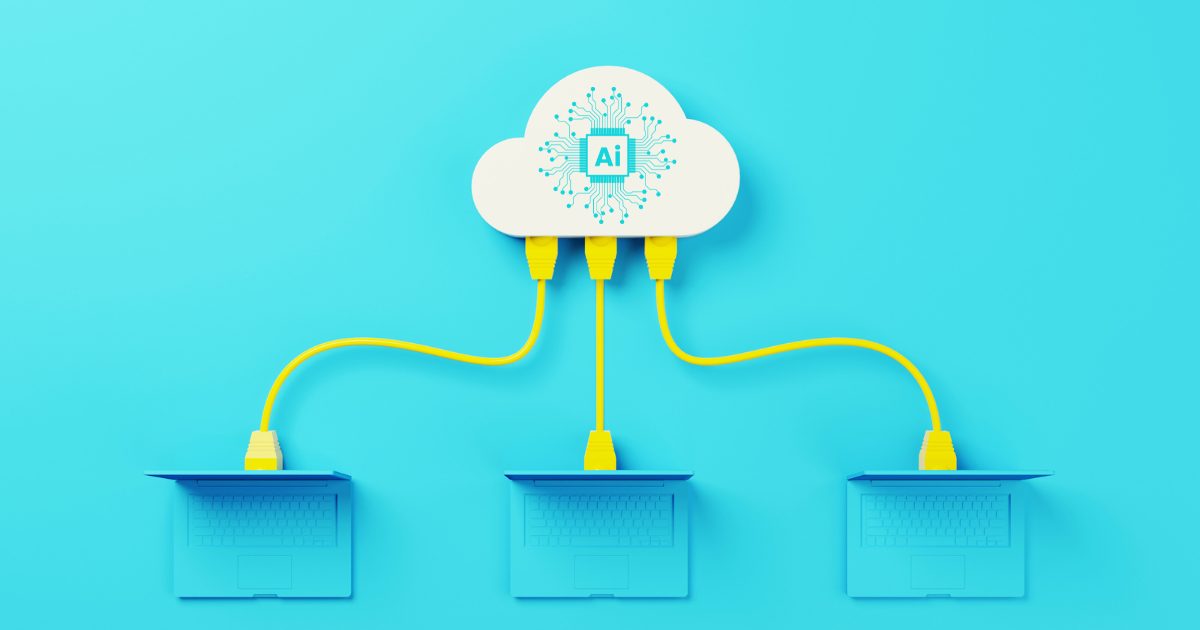The success of many businesses depends on the satisfaction of their customers and employees interacting within digital spaces through User Experience (UX) and Customer Experience (CX) design. Creating a polished UX and CX is the key to this success. Optimal UX and CX design will leave a positive impact on all stakeholders and heighten brand awareness and brand loyalty.
This article highlights the differences between UX and CX design. The first step of optimizing your UX and CX design is first understanding the different goals of each of these experiences; this will demonstrate that you understand the needs of your stakeholders and are fully dedicated to their satisfaction.
The User Experience (UX)
Coined by Don Norman in the 1990s, a business’ UX is defined as an experience that “encompasses all aspects of the end-user’s interaction with the company, its services, and its products.” UX is easily measured with quantitative metrics, such as time spent to complete a task, rate of errors occurring, rate of successes, etc. This data is recorded, analyzed, and leveraged to perpetually optimize the performance of UX designs and processes.
Although many businesses focus on UX for their customers interacting with their products and services, it is easy to overlook the importance of their employee experience in their UX design. A UX design that focuses on your employees’ experiences will help boost productivity and unity amongst your workforce, contributing to a positive corporate culture. Here are a few questions to consider in relation to UX for your employees, with measurable outcomes that you can use for UX improvement:
- How often does an employee have trouble finding a necessary document and require assistance? The success and failure rates in this regard could help you solve problems with your records and information management processes.
- How often do your employees require access to their pay information? These metrics could help with implementing new payroll software to increase employee satisfaction with this experience.
- What systems are in place for your employees to book time off? Creating a seamless and collaborative request/approval process could help save time and energy spent on this UX design.
If you include employee experience in your UX design, it will yield many long-term benefits. It can decrease burnout rates while boosting morale and productivity. Your employees will care more about your business and act as a positive representation of your brand, contributing to our next topic: a positive customer experience.
The Customer Experience (CX)
Although CX is linked with UX, it is a broader facet that not only factors in quantifiable metrics, but also influences the way customers and representatives feel about their experiences. This emotional connection is created by the positive impact you leave on your customers, which yields many long-term benefits for your business. This study from Forrester found that customers will pay 4.5 times more if they are satisfied with a company’s CX.
Although CX metrics are harder to define, there are some measures you can monitor to optimize your CX. For example, customer lifetime value traces the amount of money an individual will spend on your business services for the duration of their life. Churn rates indicate the amount of money an individual stops spending on your business and starts spending on another business. All these metrics aim to measure the impact you leave on your customers. By monitoring the satisfaction of your customers through CX, you will be able to optimize your CX design, resulting in long-term benefits to your revenue and your brand reputation.
Elantis has a team of experts that can help you implement software solutions to your UX and CX design challenges. Contact us to book a consultation today.



























